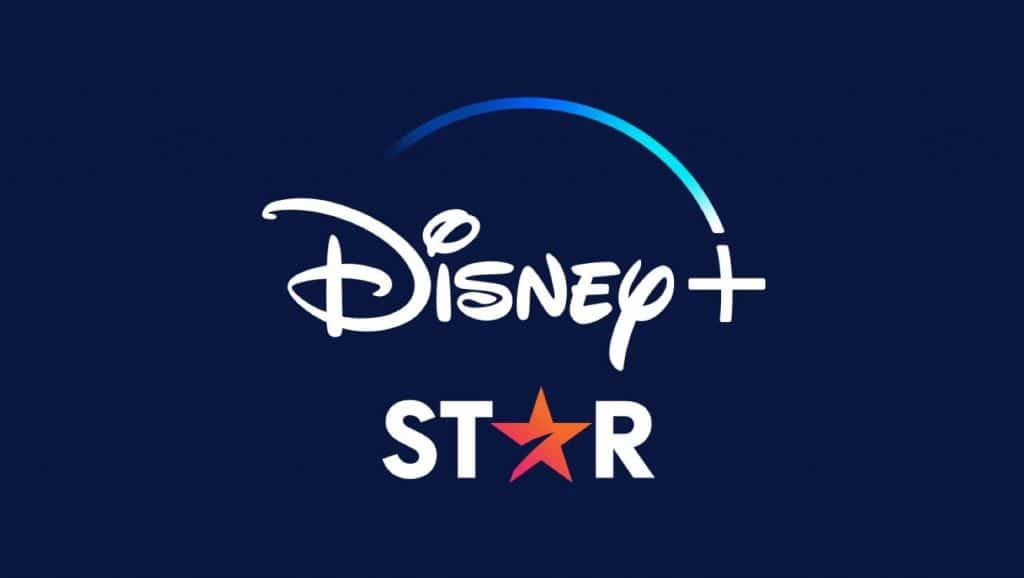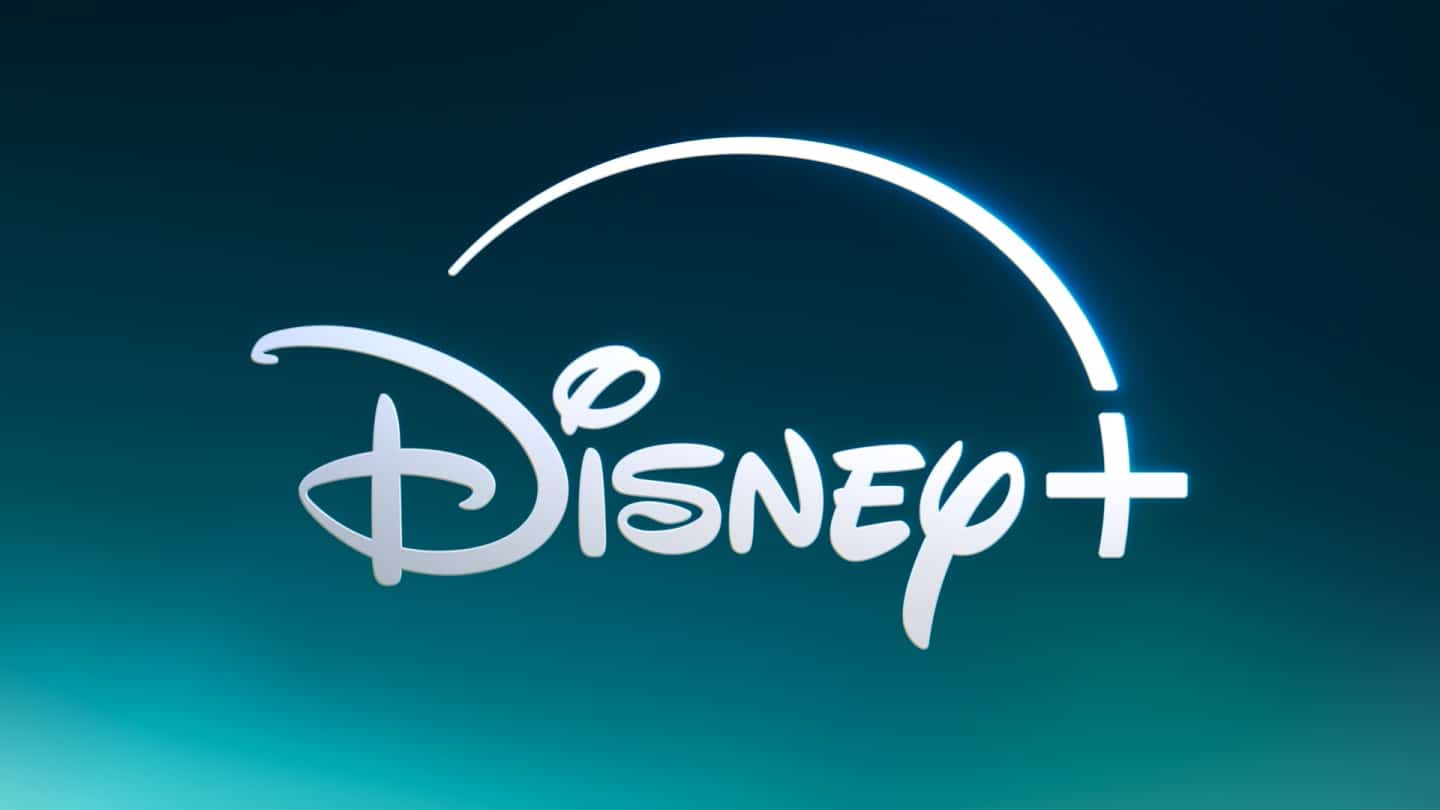
Supply Of International Originals For Streaming Services Outstrip Demand
Over the years, Netflix has had some major success with some of its international originals, with the Korean juggernaut “Squid Game”, the French drama series, “Lupin”, and the hit Spanish series, “Money Heist”.
After seeing the success that Netflix has had with these shows, which have pulled in international audiences but also appealed to locals to increase subscriptions, many studios, including Disney, have followed the strategy and have drastically increased the number of international originals from Latin America, Asia, Pacific and Europe, especially during the early days of Disney+, as there are hundreds of international originals released or in the process of being created. Only this week, Disney has released a new Korean drama series (Han River Police), a new Japanese anime series (Phoenix Eden17), a Latin American drama (Butter Man), and a British documentary (Welcome To Wrexham).
But with the return of Bob Iger as CEO, there have been some big changes, as Wall Street continues to push for profitability over gaining subscribers, and international originals have quickly become a target as a way of Disney cutting costs.
Disney is cutting back on how many international originals it is creating, focusing only on regions where there are enough subscribers to warrant the additional cost and if global audiences are watching them. In some regions, Disney may not even create original programming and has already written off many originals from Turkey and Latin America to save money.
With the ongoing actor’s and writer’s strikes, studios, including Disney, have been looking internationally to help fill the void with original content, especially from English-speaking countries like the UK, Canada and Australia, since those shows are much easier for US audiences to watch. Korean dramas, Japanese anime and British/Canadian dramas are proven to be big hits globally, which Disney will continue to invest in, though maybe in fewer titles in general. Spanish-speaking shows are also in high demand from US audiences, since it is the most widely spoken non-English language in the US, followed by Hindi, which also explains why India’s original programming is also popular.
Disney is also drastically reducing the amount of money it is spending on international content by cutting back on providing additional dubbed tracks, instead only offering subtitles and even with those, not every language is being offered.
According to some new data from Parrott Analytics for Puck, the supply of new international originals is far higher than the demand is. With Netflix and Amazon Prime have more than double the number of titles needed for the demand.
Disney’s streaming services, Hulu and Disney+, also have much more titles than demand. Most of the new international originals available on Hulu are created as Star Originals for Disney+ internationally. When combined, they have a 49% share of titles, for just a 25% share of demand.
While international audiences are watching more content than ever before, and offering more variety is better for subscribers, there is no doubt that the studios are all making much more international content available than the demand requires.
However, the demand will no doubt continue to grow as audiences become much more used to watching international shows. Especially as younger audiences are much more used to watching international shows, but ultimately, audiences are much more likely to watch films and shows that are in their own language and reflect their own culture. This is a major reason why the studios have been creating shows, to get additional subscribers in Europe, Latin America and Asia, which is ultimately been the number one reason why they’ve been created.
There are many other advantages for the studios to create international originals, such as tax incentives and hitting local quota systems. In Europe, subscription services like Disney+ are required to have a certain percentage of content created within the region, and many other countries are looking to do the same, to ensure the local filming industry remains in place to protect jobs and also to ensure local cultures are represented on screen. Other advantages to offering more international originals include offering more choices to subscribers, which helps give the illusion of more value for money.
During the pandemic, while many people were forced to stay home and with a lack of new programming, many audiences turned to international originals like “Squid Game” for something new to watch. This has resulted in many of the studios rushing out to make new content, but not one show has managed to eclipse it, showing just how rare a huge hit can be.
International originals will likely continue to be a major part of streaming services moving forward, since it offers many advantages, but we are likely to see less of them in the future, especially from Disney, who are prioritising their “global” content that appeals to everyone.
Do you watch international originals? Let us know on social media!





